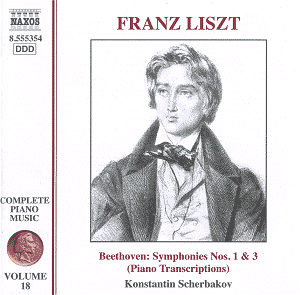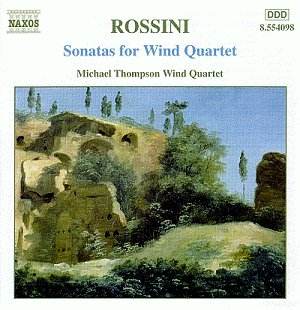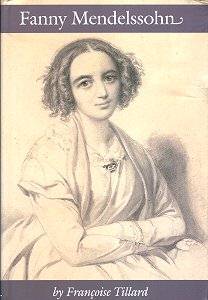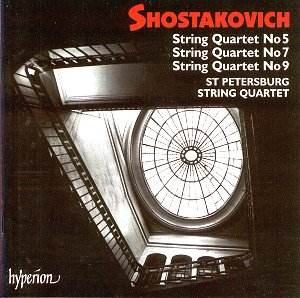 Composer: M-A Charpentier, Juan de Araujo, Manuel de Sumaya
Composer: M-A Charpentier, Juan de Araujo, Manuel de Sumaya
Works: Vêpres de l’Assomption, including “Deus in Adjutorium,” “Assumpta est Maria,” “Dixit Dominus,” “Laetatus sum,” “Benedicta Filia,” “Lauda Jerusalem,” “Kyrie,” “Ave Maris Stella,” “Offertoire,” “Hodie Maria virgo,” “Magnificat”
Performers: Compañia Musical de las Americas, Maîtrise Nationale de Versailles, La Grande Ecurie et la Chambre du Roy, conducted by Jean-Claude Malgoire
Recording: Live recording at the church of Tavira, Portugal, 31 May – 3 June 1992
Label: K617
The Vêpres de l’Assomption presents a compelling exploration of Baroque ecclesiastical music, showcasing the confluence of Spanish and French traditions through the works of M-A Charpentier, Juan de Araujo, and Manuel de Sumaya. This recording, a product of a notable collaboration between French musicians and their South American counterparts in the 1990s, seeks to unearth the rich and often overlooked repertoire from the Spanish Baroque. The artistic vision behind this project is commendable; it not only revives significant works but also posits a fascinating dialogue between cultures that, while lacking historical precedent, offers a refreshing auditory experience.
Under the baton of Jean-Claude Malgoire, the performance reflects both vigor and elegance, a testament to his adept conducting style. The Maîtrise Nationale de Versailles brings an earnest quality to the choral parts, their youthful sound imbued with a sense of discovery and vitality. While their tonal refinement may not match that of long-established professional choirs, the ensemble’s enthusiasm and earnestness compensate for any shortcomings, contributing to a lively interpretation of the sacred texts. The Compañia Musical de las Americas adds depth to the choral texture, with their specific focus on preserving the Spanish Baroque repertoire enhancing the overall performance.
The recording quality is notably rich, capturing the resonant acoustics of the church in Tavira, which aids in creating a lush soundscape that envelops the listener. The instrumental interludes, particularly those derived from Charpentier’s “Mass for several instruments instead of organs,” are executed with precision, showcasing the skill of La Grande Ecurie et la Chambre du Roy. The string playing during “Laetatus sum” exemplifies crisp articulation and expressive phrasing, with the cornetto and violin dialogues drawing attention for their interplay and dynamic contrasts. Such moments reveal Charpentier’s mastery of instrumental color, further enhancing the choral textures that dominate the work.
The pinnacle of this recording is undoubtedly Charpentier’s “Magnificat,” a double-choir masterpiece that encapsulates the sumptuousness of the Counter-Reformation aesthetic. The work’s theatricality is brought to the fore through carefully crafted dynamics and intricate counterpoint, revealing Charpentier’s deep understanding of liturgical drama. The interspersed instrumental sections are reminiscent of Gabrieli’s ensemble canzonas, exhibiting a dialogic relationship between voice and instrument that is both engaging and profound. This recording stands out within the K617 label’s Chemins de Baroque series, not only for its scholarly merit but also for its infectious spirit.
This release is an exemplary representation of Baroque choral music, illuminating the rich tapestry of influences that shaped the repertoire of the period. The collaborative efforts of the ensembles, under Malgoire’s insightful direction, yield a performance that is both historically informed and vibrantly alive. The thoughtful programming and committed execution make this disc a valuable addition to any collection, inviting listeners to partake in a celebration of a unique cultural heritage.



